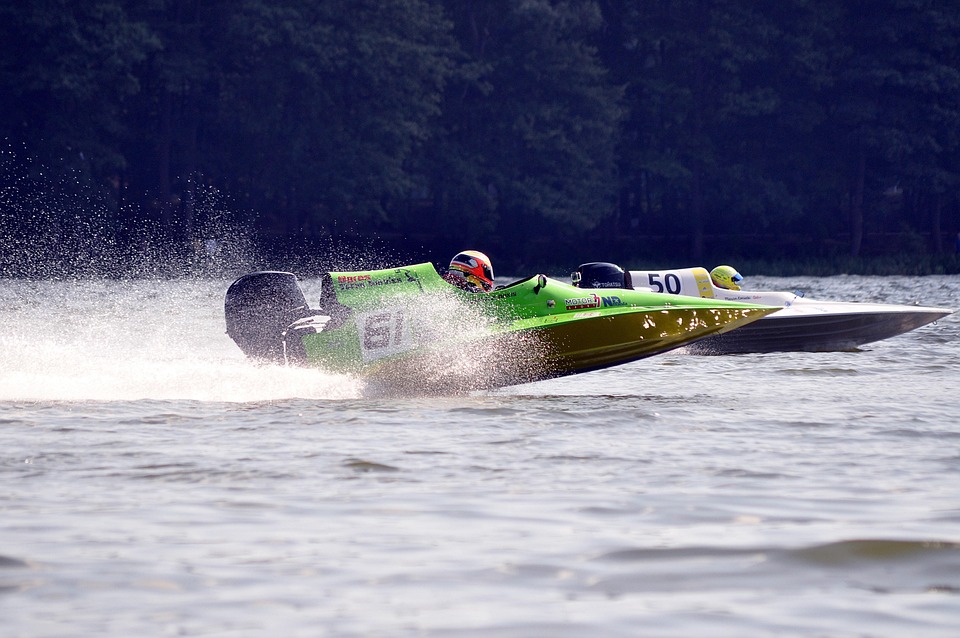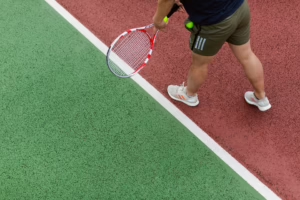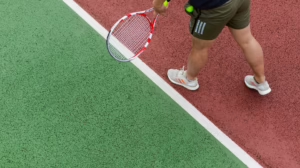The Evolution of Acrobatic Arts: From Circus to Contemporary Stage
Introduction
The art of acrobatics has traveled a fascinating trajectory through history, evolving from ancient traditions to modern performances. Its origins can be traced back thousands of years, encapsulating human expression, creativity, and the relentless pursuit of physical prowess. In this article, we will explore the rich history of acrobatic arts, emphasizing its significant transformation—from the spectacles of the traditional circus to the sophisticated displays on contemporary stages.
The Ancient Roots of Acrobatics
Acrobatics, as an art form, predates organized entertainment as we know it today. The earliest references to acrobatic feats can be found in ancient civilizations, such as Egypt, Greece, and China.
Ancient Civilizations
The Egyptians practiced acrobatics in festivals where performers would execute flips and tumbles to entertain pharaohs and the public alike. Hieroglyphs depicting acrobats performing precarious stunts suggest the importance of showcasing human skill and agility in these societies. Similarly, ancient Greece featured acrobatic performances as part of its cultural events, with figures like the renowned philosopher Socrates commenting on the role of physical excellence in human life.
In China, the tradition of acrobatics has a profound history intertwined with martial arts. The Chinese acrobatic tradition emphasizes balance, agility, and coordination, with performers often executing breathtaking feats that narrate stories, depict folklore, or celebrate cultural heritage. Over time, these established practices laid the groundwork for what would later evolve into more formalized circus traditions and performance arts.
The Birth of the Circus
The modern circus, as we recognize it today, took shape in the 18th century in Europe. It evolved from earlier forms of entertainment, such as fairs and traveling shows. The first documented circus was established by Philip Astley, a former cavalry sergeant major, in 1768 in London. Astley combined equestrian performances with acrobatics and clowning, creating a formula that would define the circus for centuries.
The Golden Age of Circus
The late 19th and early 20th centuries marked the Golden Age of Circus. This period saw the rise of large-scale circus productions that traveled across continents. Iconic figures such as Barnum & Bailey and the Ringling Brothers emerged, spearheading a movement that captured the imagination of millions. Circus performers during this time displayed extraordinary skills, including trapeze acts, tightrope walking, and human pyramids, often punctuated by lively music and colorful costumes.
Acrobatics became an integral part of circus shows, with performers relying on strength, flexibility, and precision. The spectacle of seeing human beings accomplish seemingly impossible feats captivated global audiences, solidifying the circus as a prominent form of entertainment.
The Decline of Traditional Circus
While the traditional circus flourished for many years, the late 20th century heralded significant changes that led to its decline. Multiple factors contributed to this decline, including societal shifts, changing entertainment preferences, and growing concerns over animal welfare.
Changing Audience Preferences
As the 20th century progressed, audiences began seeking new forms of entertainment, favoring theatrical performances, cinema, and live music over traditional circus acts. The narrative emphasis in storytelling and character development emerged as key elements in entertainment preferences, pushing circus acts to the periphery of mainstream culture.
The Rise of Animal Rights Movements
Simultaneously, the rise of animal rights movements brought greater scrutiny to the use of animals in circus performances. Activists highlighted the ethical dilemmas surrounding the confinement and treatment of animals, leading to public backlash against circuses known for utilizing wild animals. As regulations surrounding animal welfare tightened, many circuses, struggling to adapt, began to fade from the cultural landscape.
A New Dawn: Contemporary Circus
In response to the changing dynamics of the entertainment world, the 21st century witnessed the rise of contemporary circus—an artistic innovation that sought to preserve the essence of circus while discarding elements that no longer resonated with modern audiences. Companies like Cirque du Soleil and The 7 Fingers redefined the circus experience, infusing it with narrative depth and artistic vision.
Characteristics of Contemporary Circus
Contemporary circus transcends traditional boundaries, blending performance with theater, dance, and visual arts. Here are some features that distinguish contemporary circus performances:
-
Narrative Structure: Unlike traditional circus, which primarily showcases individual acts, contemporary circus often follows a cohesive storyline, emphasizing characters and emotional arcs.
-
Artistic Collaboration: Collaborations between diverse artists—from acrobats to musicians and dancers—have become prevalent. A holistic approach enriches performances, creating a multisensory experience for audiences.
-
Focus on Human Experience: Contemporary circus reflects the human experience, tackling themes like identity, community, and culture. Performers frequently integrate personal stories into their acts, fostering a deeper connection with audiences.
- Innovative Use of Space: Contemporary circus often breaks the confines of the traditional big top, utilizing varied venues—from theaters to urban settings—enhancing the connection between performers and the audience.
Training and Skill Development
With the evolution of acrobatic arts, the training and skill development processes have also adapted over the years. Contemporary performers often undergo extensive training, blending classical techniques with modern approaches. Acrobatic training now encompasses various disciplines, including gymnastics, theatre, dance, and even martial arts.
Cross-Disciplinary Training
Cross-disciplinary training has become increasingly prevalent, resulting in more versatile performers equipped to tackle varying performance demands. For example, a contemporary circus artist may integrate dance and aerial skills in their act, pushing the boundaries of what is traditionally perceived as acrobatic.
The Role of Technology
Furthermore, technology has begun to play a role in acrobatic training. Virtual reality, motion capture, and online platforms provide aspiring performers with innovative ways to enhance their skills, observe techniques, and connect with coaches around the globe.
The Impact of Contemporary Circus on Global Culture
Contemporary circus has made significant cultural impacts across the globe, influencing both audiences and aspiring performers. The rise of festivals such as the International Circus Festival of Monte-Carlo showcases innovative works and provides valuable networking opportunities for artists.
Global Collaborations and Cultural Exchange
As contemporary circus continues to grow in popularity, it promotes global collaborations and cultural exchanges. Artists from diverse backgrounds and disciplines come together, breathing new life into the art form. The resulting fusion produces a rich tapestry of performances, reviving traditional elements while exploring modern themes.
Social Awareness
Contemporary circus often addresses social issues, harnessing the power of performance to create awareness and stimulate dialogue. Productions tackle topics ranging from environmental conservation to immigration, transforming the stage into a platform for advocacy.
Conclusion
The evolution of acrobatic arts offers a panorama of human creativity, adaptability, and expression. From its ancient roots to the spectacles of the contemporary circus, acrobatics has undergone a remarkable transformation. The journey reflects broader societal changes and our collective yearning for connection, storytelling, and entertainment.
As acrobatic arts continue to evolve, their future remains promising. By embracing innovative techniques, interdisciplinary training, and a focus on narrative, the contemporary circus breathes new life into an age-old tradition. Today’s performers represent the culmination of centuries of skill development, creativity, and cultural exchange, ensuring that acrobatic arts will continue to capture our hearts and inspire future generations.
References
- [1] "The History of Acrobatics." (2020). Acrobatic Arts Foundation. Retrieved from https://acroarts.com/history
- [2] Buckland, R. (2018). The Evolution of Circus Arts: From Tradition to Modernity. New York: Circus Press.
- [3] "Contemporary Circus: A New Paradigm." (2021). Arts and Culture Review. Vol. 5, Issue 4.
- [4] "The Golden Age of the Circus." (2017). Historic Entertainment Journal. Retrieved from https://historet.ca/golden-age-circus
- [5] "Animal Rights and the Circus: A Complicated Relationship." (2019). Ethics in Entertainment. Retrieved from https://ethicsentertain.com/circus-animal-rights
- [6] "Training Techniques of Contemporary Circus Artists." (2022). Performance Arts Journal. Vol. 11, No. 2.
- [7] "Cultural Significance of the Contemporary Circus." (2023). Journal of Performance Studies. Retrieved from https://performancestudies.ca/cultural-significance-circus


























Add Comment